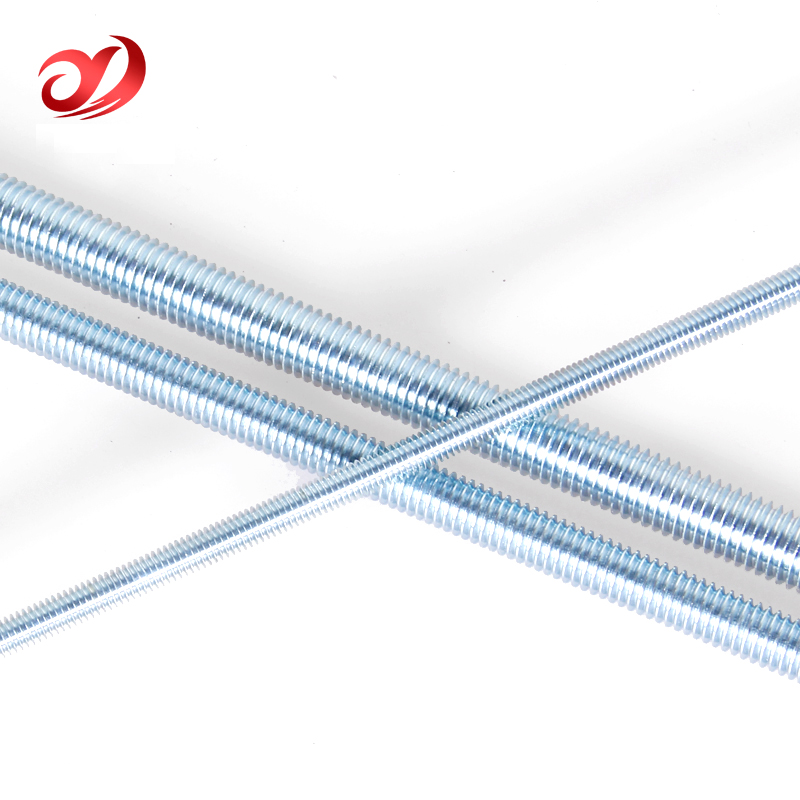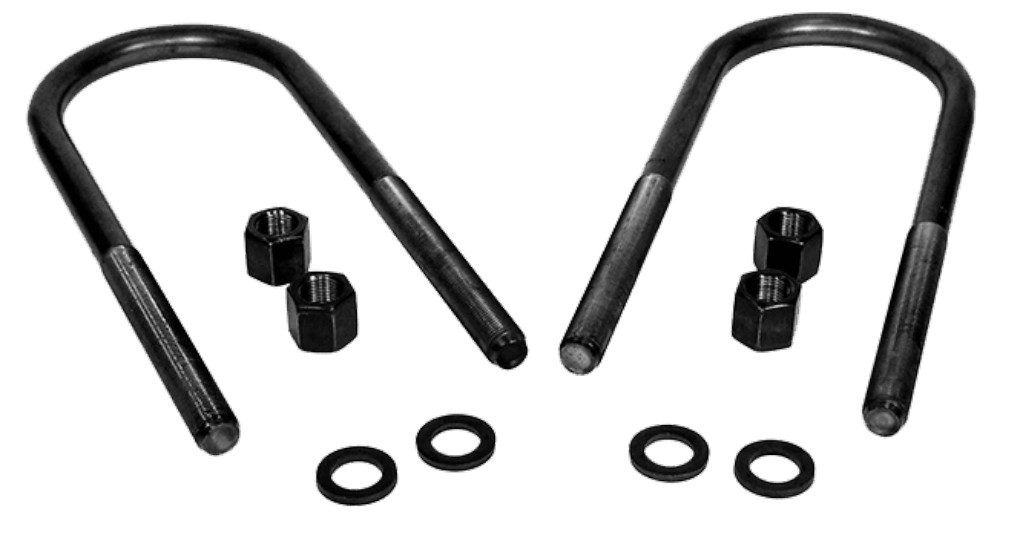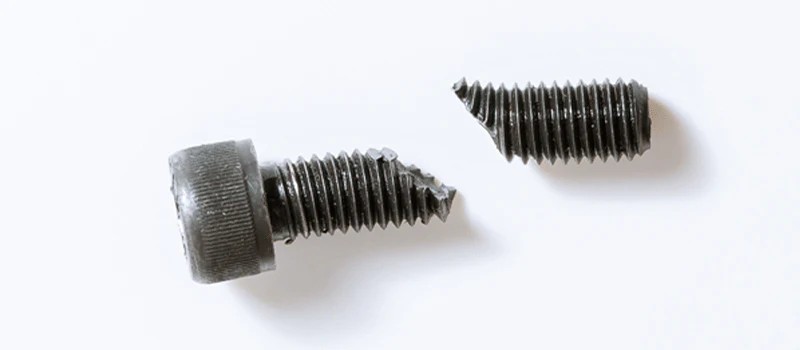Introduction
When choosing the right bolt for a project, the threading pattern can make or break the success of the assembly. DIN 933—a German standard for fully threaded hex bolts with metric threads—offers a solution that excels in precision fastening, flexibility in installation, and load uniformity.
In this article, we’ll explore what sets DIN 933 bolts apart—not just in form, but in function. We’ll look at where they outperform other fasteners, why fully threaded bolts are becoming a go-to in modern design, and how to optimize their use in critical assemblies.

The Functional Benefits of Full Threading
Unlike partially threaded bolts, DIN 933 bolts feature threads that run continuously from the head to the tip. This construction unlocks key functional advantages:
1. Flexible Clamping Range
DIN 933 bolts adapt to varying material thicknesses, allowing for precise adjustment even in non-standard assemblies. They're especially useful in modular systems where parts may be swapped or repositioned frequently.
2. Higher Thread Engagement
More thread surface contact means better load distribution and stronger resistance to loosening under vibration or thermal cycling—a major advantage in automotive and machine tool applications.
3. Simplified Inventory
One bolt can fit a range of applications, helping engineers reduce SKUs and simplify spare part logistics—especially valuable for maintenance teams and OEM suppliers.
Application Highlights: Where DIN 933 Outperforms
Maintenance & Repair Operations (MRO)
When speed and repeatability are critical, DIN 933 bolts offer dependable performance with minimal adjustment. Their universal compatibility makes them a favorite for on-site repair kits.
Renewable Energy Systems
Solar panel racking and turbine housings often require uniform torque and precise assembly. The full threading of DIN 933 ensures consistent clamping force, even when anchor lengths vary due to site conditions.
Compact Assemblies in Electronics or Robotics
In space-limited configurations, partial-threaded bolts may lack adequate engagement. DIN 933 bolts ensure maximized thread contact even when overall bolt length is short.
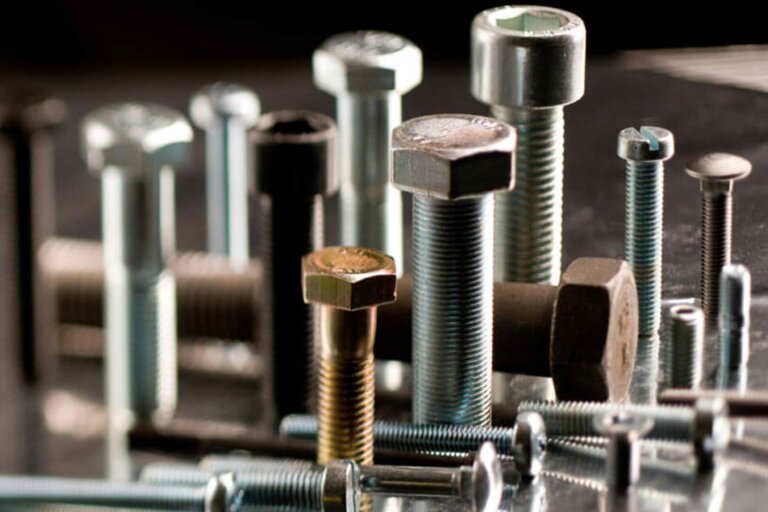
Material and Coating Options: More Than Steel
While carbon steel (Grades 4.6 to 12.9) remains the most common material, DIN 933 bolts are also available in:
A2/A4 Stainless Steel: For corrosion resistance in coastal or chemical settings
Brass or Nylon Variants: For light-duty or non-conductive applications
Surface Coatings: Zinc plating, hot-dip galvanizing, and Dacromet for extended durability
Note: Always match the material and coating to the service environment—humidity, salt spray, temperature, and mechanical load.
Misuse Warning: When DIN 933 Is Not the Best Choice
Despite their versatility, fully threaded bolts like DIN 933 are not always ideal.
Avoid in:
Shear-dominated joints, where the unthreaded shank of a DIN 931 bolt offers better load-bearing capacity
Ultra-high-impact applications, where stress risers at thread roots could initiate fatigue cracking
Overly long grip lengths, where longer bolts with partial threads distribute load more effectively
Understanding the engineering intent behind each joint is key to choosing the correct bolt type.
Installation Insights: Best Practices for Long-Term Reliability
Thread Lubrication: Use dry film or anti-seize compounds in high-friction or corrosive settings
Preload Monitoring: For critical joints, consider torque-angle or tension control methods
Re-tightening Strategy: Re-check bolts after thermal cycles or equipment settling to avoid bolt relaxation
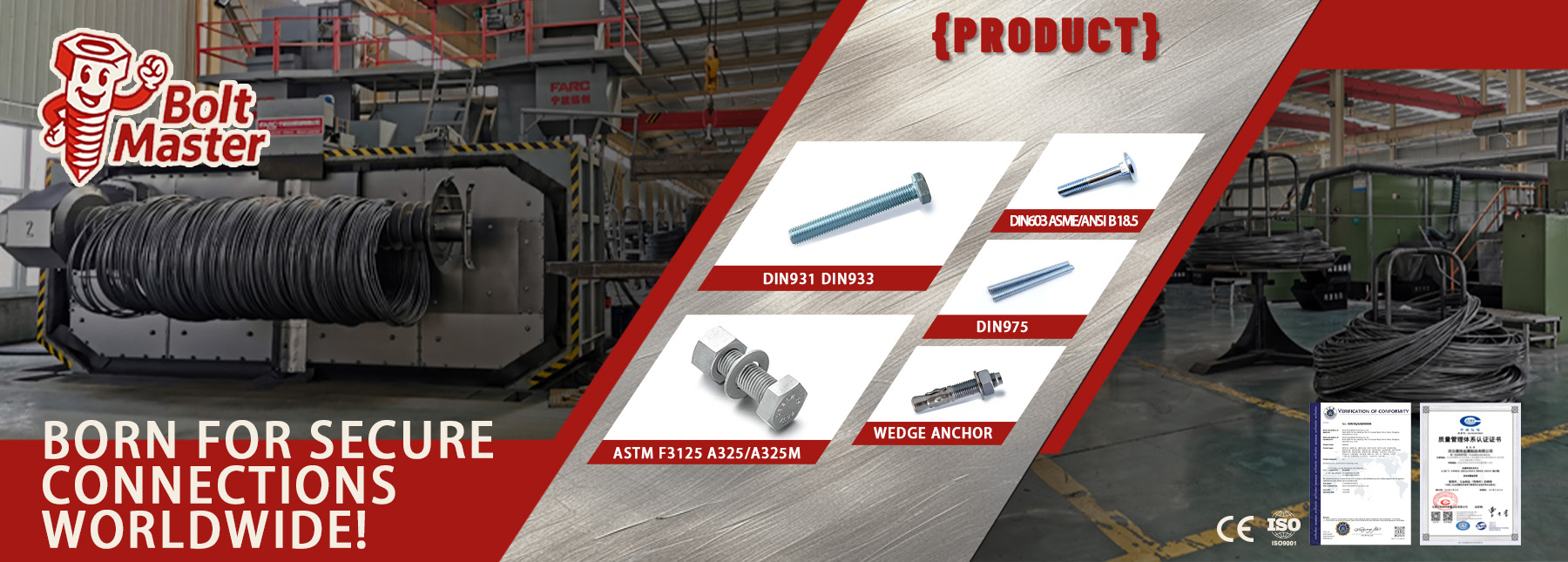
Why DIN 933 Still Matters in 2025
In an age where product design is driven by modularity, cost-efficiency, and lightweight structures, DIN 933 bolts offer unmatched adaptability. Their full-thread design meets the demands of modern assembly lines—especially where standardization and global sourcing are priorities.
Conclusion
The DIN 933 bolt is more than just a fastener—it's a high-performance component in industries ranging from energy to manufacturing. Its fully threaded design ensures high engagement, versatility, and ease of installation, making it the bolt of choice for precision-driven assemblies.
By selecting the right material, ensuring proper torque application, and understanding the joint requirements, engineers and buyers can unlock the full potential of DIN 933 hex bolts—delivering safety, strength, and long-term value.






